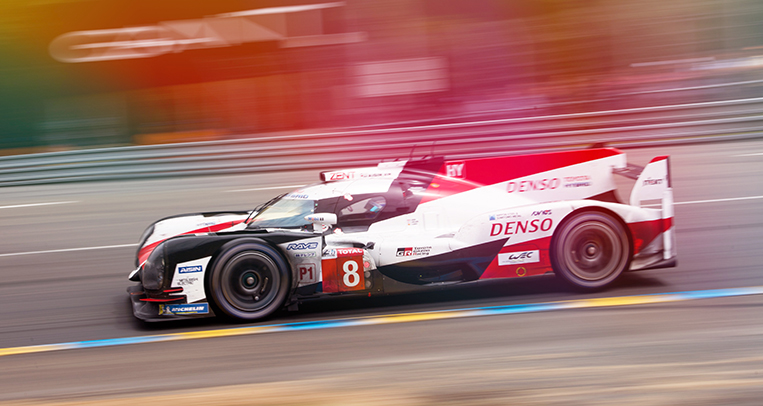
If the above headline triggers a certain feeling of déjà vu, that’s probably because we’ve written about this topic before. Back in September, we visited the Rockwell Bridge just after it had initially been closed for construction. Thanks to ample media coverage and the huge public outcry that followed, the bridge was reopened and Christmas traffic was prevented from going nuclear had this critical river crossing remained closed. With Santa Claus now well out of town again, the bridge is finally scheduled to be closed for a total of 30 months beginning on January 12th. We still maintain that doing so would be a huge mistake with serious consequences for traffic in the city.

An estimated 100,000 cars are using the Estrella-Pantaleon Bridge every day, according to the Metropolitan Manila Development Authority, and the current plan is still to demolish it completely and replace it with a wider version in the same place. Government says this will be done to ease traffic congestion in the area, but as people have been pointing out, widening a road to accommodate more cars—in this case from two to four lanes—is like trying to cure obesity by loosening one’s belt. It just doesn’t work. Even so, the fact that the project won’t really solve the traffic problem in the area isn’t the main issue right now. What really concerns us is the impact this closure will have on the immediate vicinity in particular and on the whole megalopolis in general.

You see, when the original plan was announced, the MMDA’s advice for affected motorists was to use EDSA and the Guadalupe Bridge instead, but there’s a bit of a problem with that idea: The Guadalupe Bridge is also scheduled for repair works this year, and it seemingly is in more urgent need of care than the relatively young Rockwell crossing. As far back as 2012, experts from the Japan International Cooperation Agency recommended work to be done on this bridge due to cracks and holes in its foundation. Fair to say its condition couldn’t have improved over the years, and fixing it seems to make more sense than ripping up a less-than-10-year-old steel bridge, even if the latter is currently operating beyond capacity. Potentially losing the use of two key bridges at the same time isn’t gong to improve your commute, that’s for sure.

The other crossing which motorists are told to use instead is the Makati-Mandaluyong Bridge, but anyone who has been to the area will attest that this isn’t a sensible idea. In fact, the area around Makati Avenue, JP Rizal Avenue and Coronado Street is already one of the worst traffic hotspots in the city, and it is hard to imagine how even more cars are supposed to fit in there during rush hour. If the Rockwell Bridge closure does proceed as planned, this may well become the epicenter of Carmageddon in Metro Manila, the likes of which we’ve never seen. If and when that happens, even your all-knowing Waze app won’t be able to help you. We are also genuinely surprised that this project has not set off massive alarm bells at the Makati City Hall just yet, as the impact on the country’s main financial and business center is likely to be considerable.


Then, of course, there is also the small matter of the companies that have been chosen to carry out the work on the Rockwell Bridge and on the equally questionable Binondo-Intramuros Bridge. Chinese firm CCCC Highway Consultant Ltd. and its subsidiary China Road and Bridge Corporation were both debarred by the World Bank back in 2009 due to irregularities during the bidding for another local project, the first phase of the Philippine National Roads Improvement and Management Program. Another subsidiary of CCCC Highway Consultant, called CCCC Dredging Co., is also involved in the controversial land-reclamation activities of China in the West Philippine Sea. Are these really the kind of people we want to work on our fragile infrastructure?
We really have to wonder why this infrastructure project is being foisted upon the public with such vigor
All in all, the Rockwell Bridge project in its current form seems to make about as much sense as a chocolate teapot. Not only is it very unlikely to actually resolve traffic issues in the area once finished, but it will also make things infinitely worse for motorists while it is being constructed. And that’s not something you want to happen when people are already stressed to breaking point. The economic damage of more drivers getting stuck in even worse traffic will also be significant, and we have to wonder why this project is being foisted upon the public with such vigor.

If the bridge is indeed beyond capacity, then why not strengthen it in a way that doesn’t require a full closure? Also, instead of yet again giving more space to cars, why not build a second bridge next to the existing one and make it for pedestrians and cyclists only? We sincerely hope the powers-that-be reconsider this project and stop it before it really gets started. Otherwise, only God knows where all the cars are supposed to go.











Comments